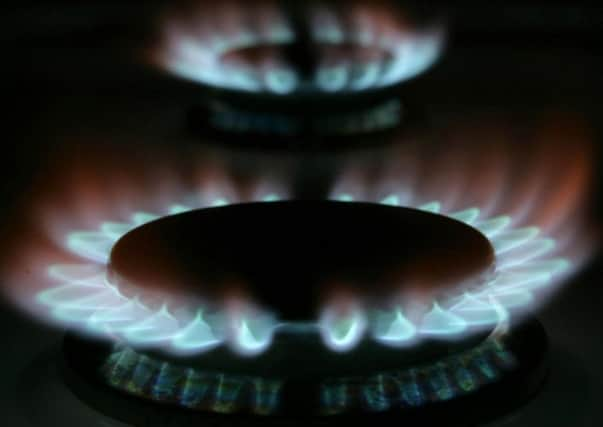Six step guide to switching your energy supplier


However it found consumers who remain on their original tariff have not switched because they think it is a “hassle, that there are no real differences between suppliers and that something may go wrong if they switch”.
Consumer groups and political leaders are united in their advice to consumers to switch to cheaper deals.
Advertisement
Hide AdAdvertisement
Hide AdHere is the Which? consumer group’s step-by-step guide to switching energy suppliers.
1. Before switching, check whether you’ll incur a fee for cancelling your current energy deal. Exit fees are common with fixed rate tariffs if you switch early. The good news is that all suppliers should now allow you to leave up to 49 days ahead of your tariff’s end date without incurring a penalty.
2. To start switching energy suppliers, you’ll need the following information: your postcode, current gas and electricity supplier and the name of your tariff. This can be found on your latest bill, or contact your supplier.
3. You will also need to know how much you spend (or use in kilowatt hours - kWh) on gas and electricity. This information can be found on recent bills or the annual energy statement sent by your supplier.
4. You should also have your bank details to hand if you decide to switch and want to pay by direct debit.
5. Even if you do not have a recent bill to hand, you can still compare and switch energy deals using estimated energy figures.
6. Your new energy supplier will organise the switch. You will need to submit meter readings to them when requested, and settle outstanding bills with your old company.
The process takes two to six weeks.